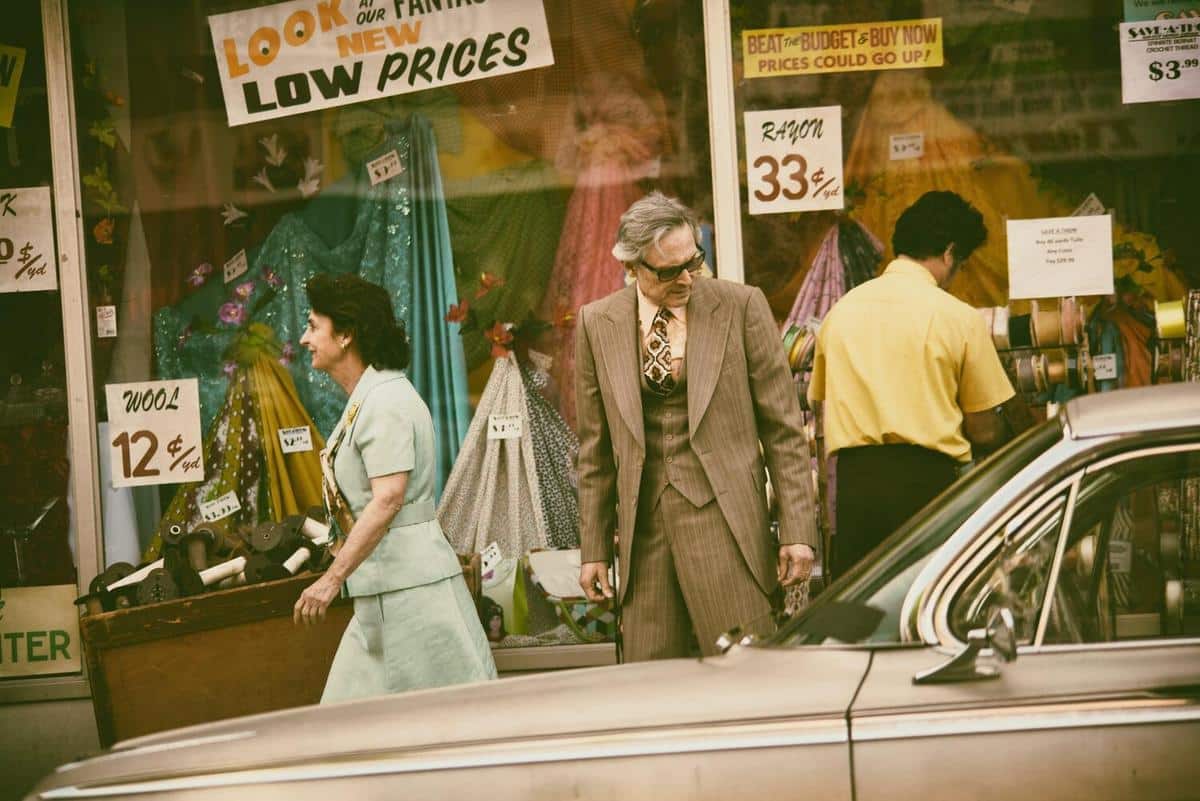
Fashion Forward: The Benefits of Second-Hand Shopping
Second-hand shopping is not just a trend; it’s a movement towards sustainability and conscious consumerism. As the fashion industry faces increasing scrutiny over its environmental impact, turning to second-hand clothing offers a viable solution that benefits both the planet and your wardrobe.
In recent years, second-hand shopping has gained momentum as an eco-friendly alternative to fast fashion. This shift is supported by a growing awareness of the fashion industry’s environmental footprint. According to a report by the Ellen MacArthur Foundation, the fashion sector accounts for around 10% of global carbon emissions, a figure that highlights the urgency for change.
The Environmental Impact of Second-Hand Shopping
By choosing second-hand clothes, you contribute to reducing waste and conserving resources. Each purchase supports a circular economy where items are reused and recycled rather than discarded. A study by ThredUp, an online consignment store, found that buying second-hand reduces carbon emissions by an average of 25% compared to buying new.
Expert Insights
“Every small choice counts when it comes to sustainability,” says fashion sustainability expert Lucy Siegle. “Opting for second-hand clothing is a step towards reducing your carbon footprint and supporting ethical fashion practices.”
Personal Experiences
For many, second-hand shopping is a treasure hunt. Emma, a vintage enthusiast, shares, “I love the thrill of finding unique pieces that tell a story. Plus, it’s rewarding to know that I’m making a positive impact on the environment.”
Actionable Tips for Successful Second-Hand Shopping
- Start with a plan: Know what you’re looking for and set a budget.
- Explore different sources: Thrift stores, online marketplaces, and vintage shops offer diverse options.
- Inspect before you buy: Check for quality and authenticity to ensure you’re getting a good deal.
- Be patient and persistent: Great finds often require time and effort.
Comparison: New vs. Second-Hand Shopping
| Aspect | New Clothing | Second-Hand Clothing |
|---|---|---|
| Environmental Impact | Higher carbon emissions and resource use | Lower carbon emissions and supports recycling |
| Cost | Typically higher | More affordable |
| Uniqueness | Mass-produced | Often unique and rare |
| Quality | Varies | Varies, but vintage items are often well-made |
Pro Tip: Visit second-hand stores in affluent neighborhoods for high-quality, gently used designer items at a fraction of the price.
Conclusion
Embracing second-hand shopping is a practical way to support sustainable fashion. Not only does it offer a chance to find unique, affordable pieces, but it also plays a significant role in reducing fashion’s environmental impact. As you update your wardrobe, consider the positive change you can make through conscious choices.
Frequently Asked Questions
Is second-hand shopping really more sustainable?
Yes, it significantly reduces waste and carbon emissions compared to buying new.
Where can I find second-hand clothes?
Explore thrift stores, online marketplaces, and vintage shops for a wide selection of second-hand clothes.
How do I ensure quality when buying second-hand?
Inspect items thoroughly before purchasing to check for wear and authenticity.